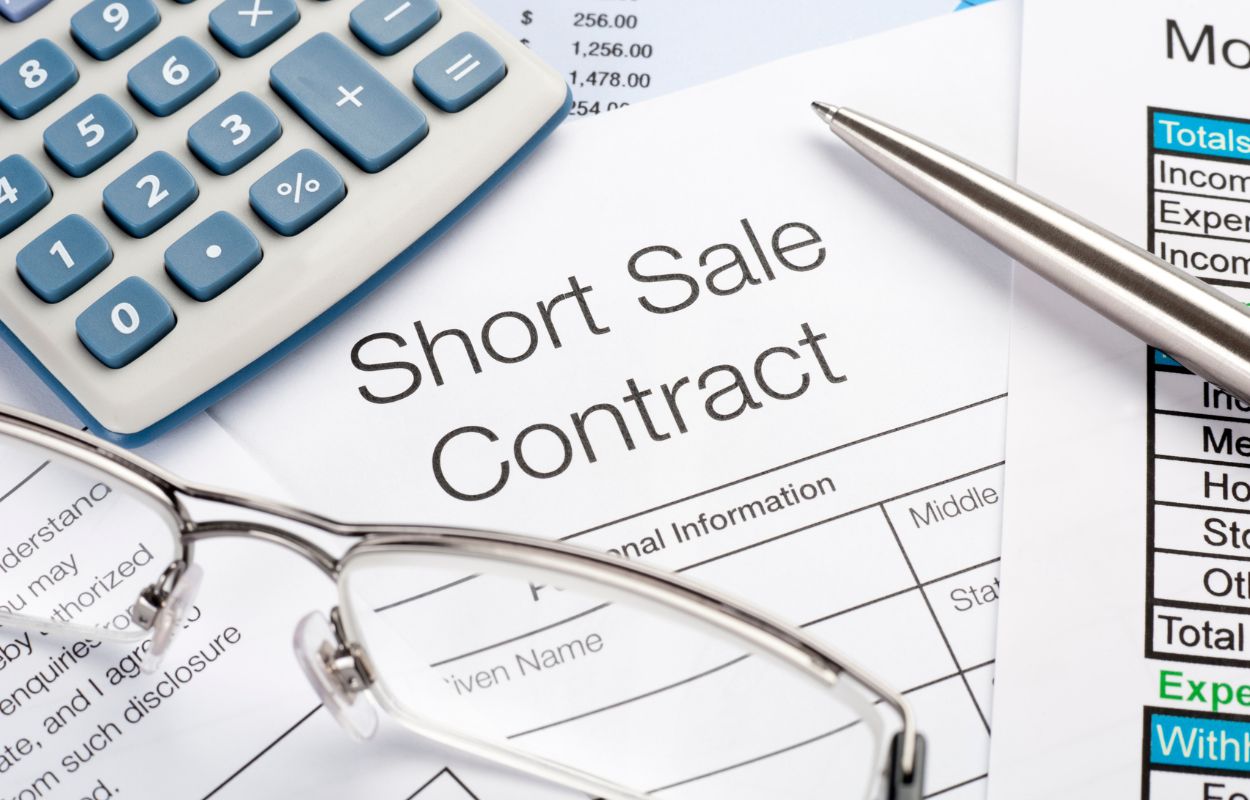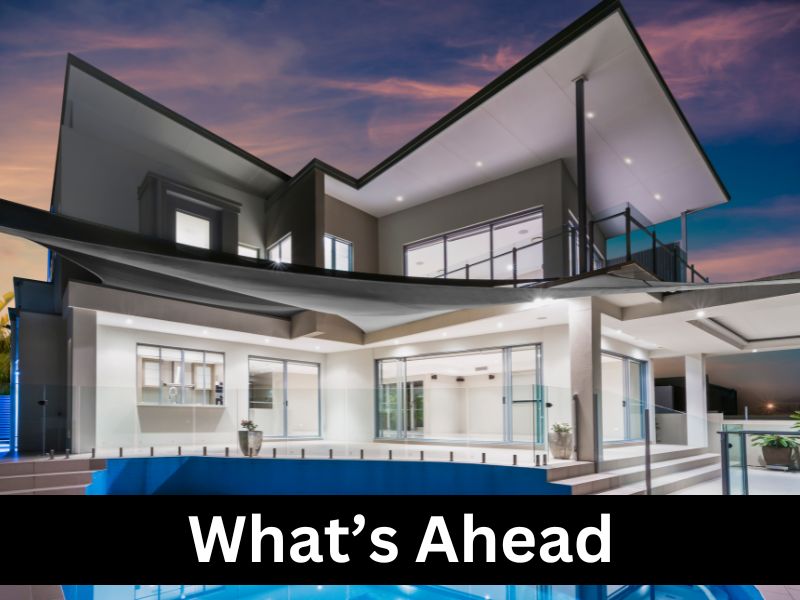Exploring the Diversity of Property Types: Finding Your Ideal Home
 When it comes to finding the perfect place to call home, the variety of property types available can be both exciting and overwhelming. The real estate market offers a plethora of options, each with its own unique features, advantages, and considerations. From the cozy solitude of a single-family home to the dynamic potential of multi-family units and beyond, understanding these property types is key to making an informed and satisfying choice.
When it comes to finding the perfect place to call home, the variety of property types available can be both exciting and overwhelming. The real estate market offers a plethora of options, each with its own unique features, advantages, and considerations. From the cozy solitude of a single-family home to the dynamic potential of multi-family units and beyond, understanding these property types is key to making an informed and satisfying choice.
Single-Family Homes: Embrace Privacy and Independence
Single-family homes stand out for their independence and privacy. They are typically detached structures, providing you with sole ownership of both the house and the land it sits on. For those seeking a sense of personal space and autonomy, these homes often offer a great fit. They’re ideal for families, individuals valuing privacy, and those who prefer control over their living space.
Considerations:
Maintenance Responsibility: You’ll be solely responsible for all maintenance and upkeep.
Space and Expansion: Potential for outdoor space and room for expansion or personalization.
Multi-Family Units: Community Living and Investment Potential
Multi-family units, such as duplexes, triplexes, and apartment complexes, are designed to accommodate multiple households within the same building. They offer a sense of community and shared amenities, making them great for social individuals or those seeking a built-in network. From an investment perspective, they can generate rental income by leasing out the additional units.
Considerations:
Rental Income Potential: Owning and renting out additional units can provide a consistent income stream.
Shared Responsibilities: Shared maintenance and potential community rules or regulations.
Condos and Townhouses: Balancing Ownership and Community
Condos and townhouses offer a blend of independence and shared amenities. You own your individual unit while sharing common spaces, such as gyms, pools, and landscaping, managed by a homeowners’ association. These properties are often more affordable than single-family homes and can suit individuals looking for a mix of ownership and communal living.
Considerations:
Association Fees: Monthly fees for shared amenities and maintenance.
Community Living: Living in close proximity to neighbors and abiding by HOA rules.
Making Your Decision
When exploring different property types, consider what matters most to you. Assess your lifestyle, future plans, financial capabilities, and personal preferences. What kind of living environment aligns best with your goals and values? Do you prioritize independence or enjoy communal living? Are you looking for an investment opportunity or a space to settle down in for the long term?
Finding the ideal property involves a balance between what you desire and what fits your practical needs. Exploring these various property types is an exciting journey toward finding your perfect place to call home.
In the diverse landscape of real estate, the variety of property types ensures that there’s something for everyone. Whether it’s the solitude of a single-family home, the vibrancy of a multi-family unit, or the unique charm of a specialty property, the right home is out there, waiting to welcome you.
Take the time to evaluate your needs, preferences, and long-term goals. Whether it’s the independence of a single-family home, the community spirit of multi-family units, or the tailored lifestyle of specialty properties, there’s a perfect match waiting for you in the diverse world of real estate.

 A short sale is a real estate transaction in which a homeowner sells their property for less than the outstanding mortgage balance. While this option can provide relief to homeowners facing financial hardships, it also comes with consequences that may affect their ability to buy another house in the future. We will explore the impact of a short sale on your credit, eligibility for a new mortgage, and the steps you can take to mitigate these effects.
A short sale is a real estate transaction in which a homeowner sells their property for less than the outstanding mortgage balance. While this option can provide relief to homeowners facing financial hardships, it also comes with consequences that may affect their ability to buy another house in the future. We will explore the impact of a short sale on your credit, eligibility for a new mortgage, and the steps you can take to mitigate these effects. With the release of the CPI and PPI data, much of the broader market has been anticipating the potential cooling of inflation numbers month-to-month and those expectations have been met. There’s a consistent trend of inflation slowing down which brings a greater potential for the end of any rate hikes from the Federal Reserve, signaling a soft-landing for the economy which has been touted by Jerome Powell. With a soft landing, it does also signal a strong potential for the Federal Reserve to begin lowering rates in the coming future.
With the release of the CPI and PPI data, much of the broader market has been anticipating the potential cooling of inflation numbers month-to-month and those expectations have been met. There’s a consistent trend of inflation slowing down which brings a greater potential for the end of any rate hikes from the Federal Reserve, signaling a soft-landing for the economy which has been touted by Jerome Powell. With a soft landing, it does also signal a strong potential for the Federal Reserve to begin lowering rates in the coming future.  Creating a backyard oasis with a swimming pool, hot tub, or water feature can transform your outdoor space into a haven for relaxation and entertainment. However, financing such a project often involves careful planning and consideration. One popular financial option for these endeavors is a construction loan.
Creating a backyard oasis with a swimming pool, hot tub, or water feature can transform your outdoor space into a haven for relaxation and entertainment. However, financing such a project often involves careful planning and consideration. One popular financial option for these endeavors is a construction loan. When it comes to mortgages, a “buydown” generally refers to paying an extra fee upfront to reduce the interest rate over a specific period. There are typically two types: temporary buydowns and permanent buydowns.
When it comes to mortgages, a “buydown” generally refers to paying an extra fee upfront to reduce the interest rate over a specific period. There are typically two types: temporary buydowns and permanent buydowns.